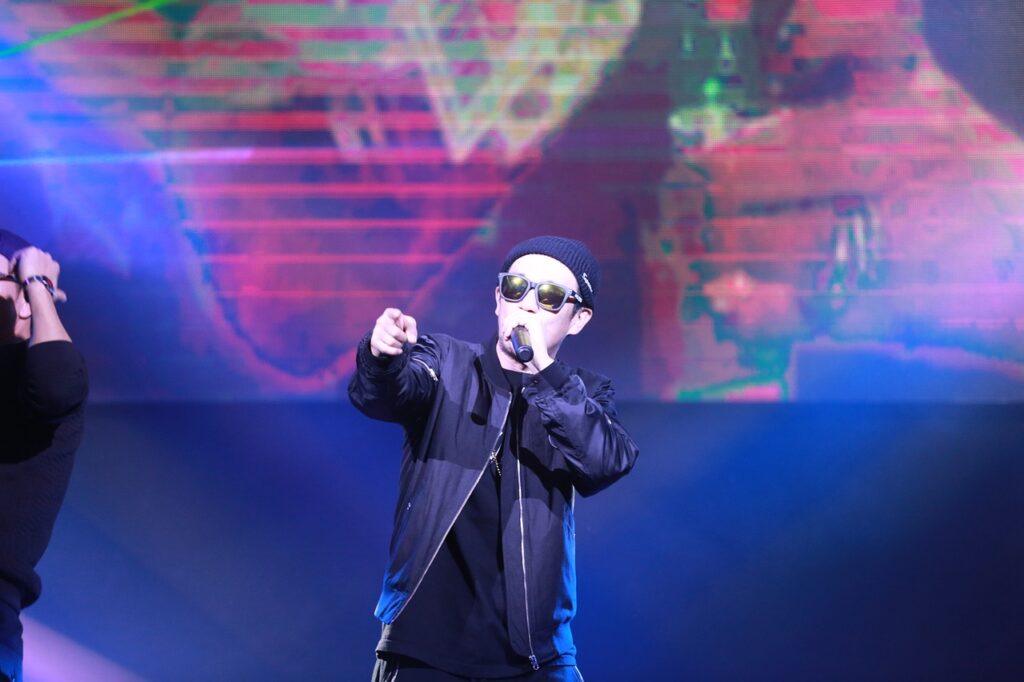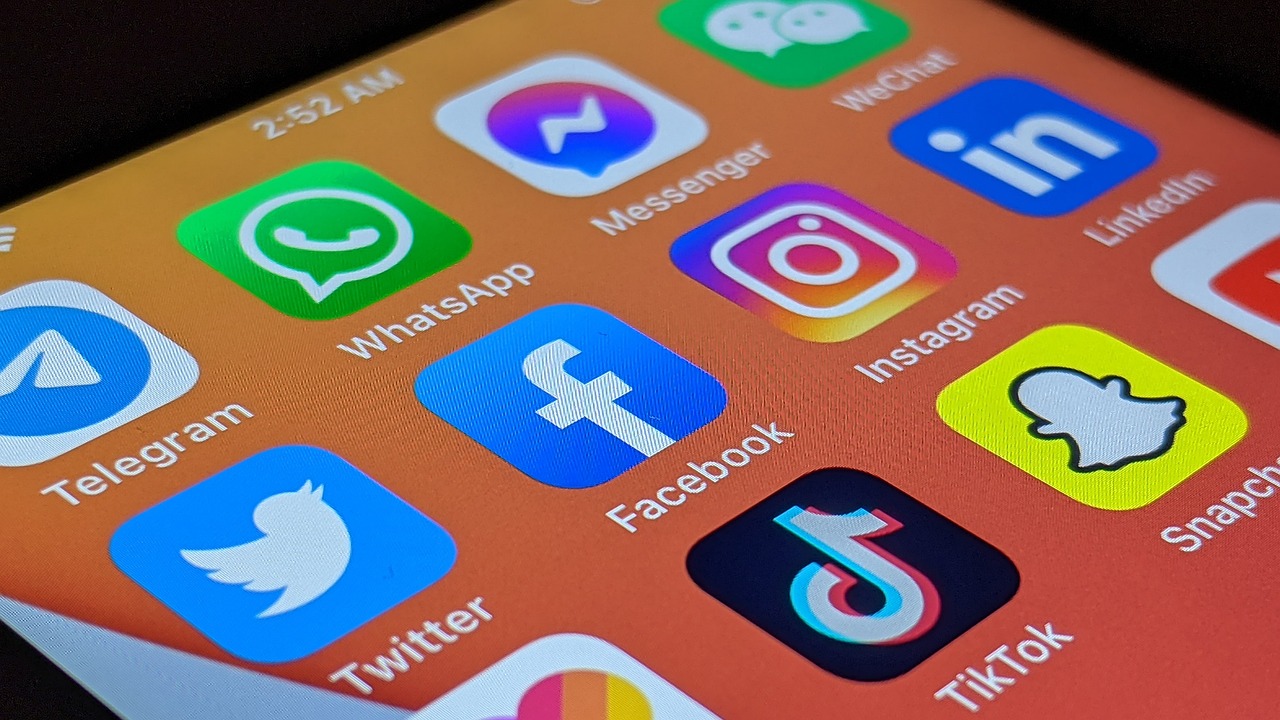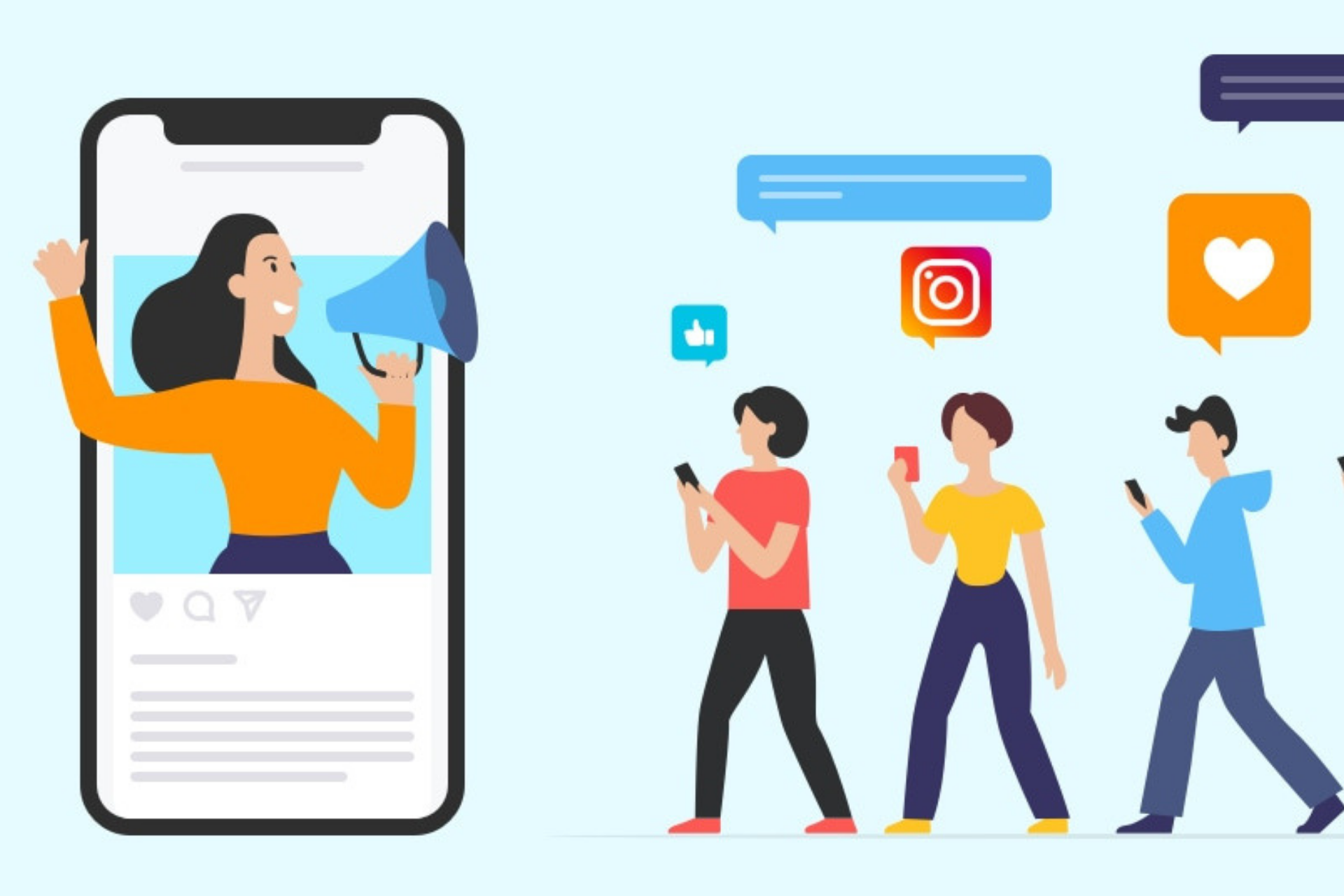By Jenna Tsuchida
Korean popular music, better known as K-pop, is a genre from the 1990s that originates from South Korea. However, it only started becoming popular in the 2010s.
Some of the first K-pop groups were Seo Taiji and Boys, H.O.T. and S.E.S. These first-generation groups would perform their title tracks on Korean music programs and appear on Korean entertainment shows. After promotions, artists would take a short break to work on their next album, which would be released within a few months to a year. This format set the tone for how modern K-pop looks. However, there was not much exposure to these groups outside of South Korea because of the limited use of the internet and no social media sites at the time.

As the 2000s rolled around, more K-pop groups debuted, releasing their debut songs on YouTube and streaming platforms. One of the first popular K-pop songs that blew up on the internet was “Gangnam Style” from PSY in 2012. This iconic music video had a catchy tune and an easy dance for others to copy, which is why it has over five billion views today. It was so popular at the time that it reached number two on the Billboard Hot 100 chart (the highest charting song for a Korean artist). This was many people’s first introduction to Korean media as it was a huge trend for people to dance to the song and post their videos on social media platforms.
With the growing popularity of social media, it has become normalized for Korean artists to interact with their fans on social media sites. Since the 2010s, all K-pop groups own social media accounts on different platforms. Instagram and Twitter are for members to post selfies of themselves and interact with their fans, while YouTube includes official music videos, choreography and behind-the-scenes content. BTS, one of the biggest boy groups in the world, currently has 77.3 million subscribers on YouTube and 74.2 million followers on Instagram. They are one of the most subscribed YouTube channels of all time and one of the most followed K-pop artists on Instagram.
Thanks to social media, it is much easier for groups to interact with their fans. Groups will often host lives on their personal Instagram accounts or on a platform called Weverse. This allows them to read fans’ comments and talk about little details throughout their day. When this happens, fans often tweet on Twitter/X about their favorite groups, reacting to the live or reading translations from the live. These types of interactions will cause fans to go crazy on social media. K-pop songs will also often be featured on TikTok, as can be seen by FIFTY FIFTY’s “Cupid” and NewJeans’ “Hype Boy.” Even those who are not K-pop fans may know these songs because users will use these songs in their videos, and the algorithm will spread these videos to others through their “For You” page. It will be interesting to see if K-pop will continue to grow through the use of social media, or if another music genre will become the next big trend.
Contact: [email protected] or Jenna Tsuchida on LinkedIn



I learned a lot from this post! I thought the parts that touched on social medias role in shaping k-pop and normalizing fan interaction was most interesting.
I love how social media really boosted the popularity of not just Korean pop culture but other countries from around the world! It is really cool to see Kpop influence trends in the United States and vice versa.